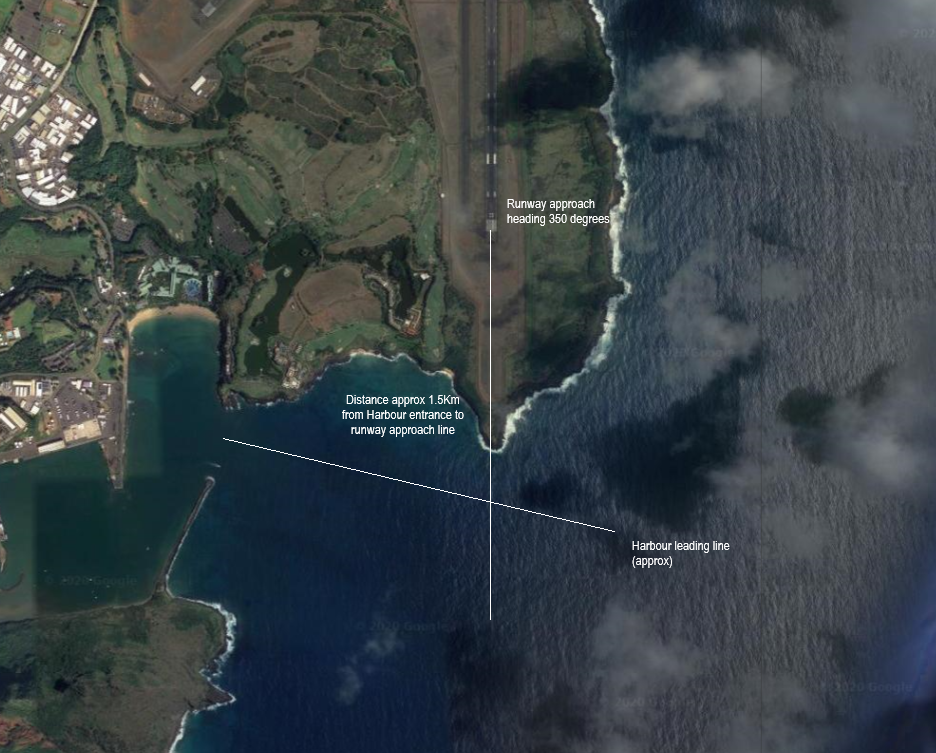The Charity
Aviation
Maritime
Conflict between aircraft and ships

Initial Report
Outline:
This unusual report was received from CHIRP Aviation.
What the reporter told us:
While flying by ILS (instrument landing system) inbound to runway 35 at an island airport, we broke out of low cloud conditions several miles out, on final approach. I saw a very large cruise ship steaming from left to right out of the harbour with a course that would cross the short final in front of Runway 35.
It appeared that the ship’s vector would cross ours on a very short final 1 mile. I directed the First Officer to query the tower if this ship was going to be a problem with our final. The tower’s answer was something like “…they (the ships) don’t coordinate with us.” I elected to fly high on the final glide path, approximately one dot high, to ensure adequate clearance over the cruise ship but was also considering a go-around because of the height of the ship. It turned out that we did, in fact, cross directly over the ship on short final. If I had stayed on the ILS glideslope the clearance would have been very uncomfortable. Had this been IMC (instrument meteorological conditions) and with any deviation at all below the glideslope, there may have been inadequate clearance over the ship. Although I was able to fly a little high and conduct a stabilized approach in this instance, it seemed like a potentially hazardous situation that should be better coordinated
in the future.
CHIRP comment:
There are several international airports around the world that are in close proximity to maritime traffic movements, including Singapore’s Changi airport, Hong Kong’s Chek Lap Kok airport and Gibraltar’s North Front airport. At these locations there is organised co-ordination between the aircraft requirements and the vessel requirements, by having a restricted area or a vessel reporting scheme during approach to and passing of the end of the runways.
However, in this case, according to the air traffic control tower, the ships do not liaise with the tower and there does not appear to be any restricted area to limit the approach and passing of vessels in the vicinity of the end of the runway.

Aerial view showing proximity of the runway and port entrance
Historically, small vessels and fishing craft were not going to be of concern to the pilot of a commercial aircraft making a landing approach. However, with the massive expansion in both the popularity of cruise holidays and the size of the cruise ships being used (modern cruise ships can have air drafts up to 72m), perhaps a review of the arrangements, at this and every other airport where potential for conflict between aircraft and large vessels exists, is overdue.
Final thought:
The original report was generated by a commercial aircraft pilot and was extensively promulgated but all the recipients listed appeared to be involved in aviation . As the other part of the potential conflict involved the maritime world, CHIRP Maritime decided to draw the report to the attention of the relevant port state control and maritime administrations.







